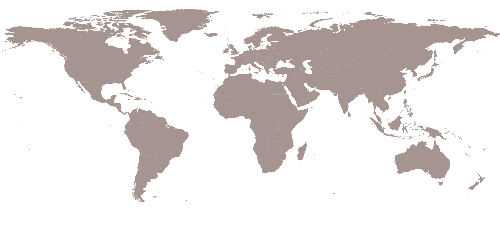A Model for Sustainable Research
The Living with Lakes Centre (LLC) for applied research in environmental restoration and sustainability is being built at Laurentian University beside Lake Ramsey, Sudbury’s drinking water reservoir. Sustainability is the focus on many levels. Restore, Reduce, and Renew are the guiding principles not only for the building’s design but also for the important research it will support—focusing on the protection of precious freshwater for future generations.
A Site of Global and Local Significance
Sudbury, with its history of environmental damage and subsequent restoration, and its location at the centre of over a million lakes in the Boreal Shield ecozone, is an ideal setting for a green building of this calibre. For the first time, internationally recognized scientists with expertise in ecosystem restoration are collaborating with a design team to create a facility that reduces ecological impact, helps restore local ecosystems, and supports community sustainability.
Designed for the Future
The LLC is a long-term investment in sustainable design. Constructed to meet LEED Platinum standards, it aims to maintain low operational costs, protecting the viability of research programs from rising energy prices. With climate change a central focus, the building is being designed with 2050 climate conditions in mind.
Green Building Features
The Centre includes a range of advanced features for energy and water conservation. These include a green roof to reduce stormwater runoff, high-performance thermal envelope, ground source heat pump, biomass-powered heating, hydronic radiant floor heating, passive heating and cooling, wind turbines with net metering, solar domestic water heating, and storm and grey water treatment. Additional elements include permeable paving for driveways and parking lots, natural daylighting, energy-efficient lighting and appliances, smart building systems, and the use of non-toxic materials.
Measurable Impact and Public Engagement
The entire site will be instrumented to monitor the effectiveness of these systems. Performance data will be shared through web-based platforms and interpretive exhibits at Science North, Sudbury’s internationally acclaimed science centre, allowing for transparency and public education.
A Catalyst for Change
The Living with Lakes Centre is more than a building—it is a hub of creativity, research, and innovation for northern communities in Canada and abroad. It will demonstrate how cost-effective, sustainable design can improve health and well-being, enhance productivity, reduce societal costs for healthcare and utilities, and highlight the essential links between social, environmental, and economic well-being.
Project Status
Completed in 2011, the LLC is a LEED Platinum-certified building designed with sustainability at its core. Features include geothermal heating, green roofs, and the use of locally sourced, non-toxic materials. The Centre serves as a model for green building practices and continues to inspire environmental research and education.
In January 2025, Laurentian University sold the LLC to the Province of Ontario for $8 million as part of its post-insolvency restructuring plan. To ensure continuity, the university entered into a 10-year lease agreement, paying approximately $496,254 annually to maintain full use of the facility. This arrangement allows the university to continue its research and educational activities at the Centre without disruption.
The outstanding strengths of this project are twofold. Firstly, the new research and exhibition center will be built according to the most stringent criteria of sustainable construction minimizing the ecological footprint and assuring self-reliance with regard to energy and heat supply. Secondly, the research to be conducted in this center will contribute to the restoration of Sudbury’s ecosystem with an emphasis on guaranteeing the drinking water quality and quantity for future generations.
The center and the water reservoir will be fitted with instrumentation to monitor all the effectiveness of the array of technical features and the consequent impact on lake water quality. The results will be communicated to the public through web-based media and exhibitions at the nearby science center of Sudbury. The jury has commended this project due to its high potential as a practical demonstration of sustainable construction in action, and the broad dissemination of the gained knowledge.
















